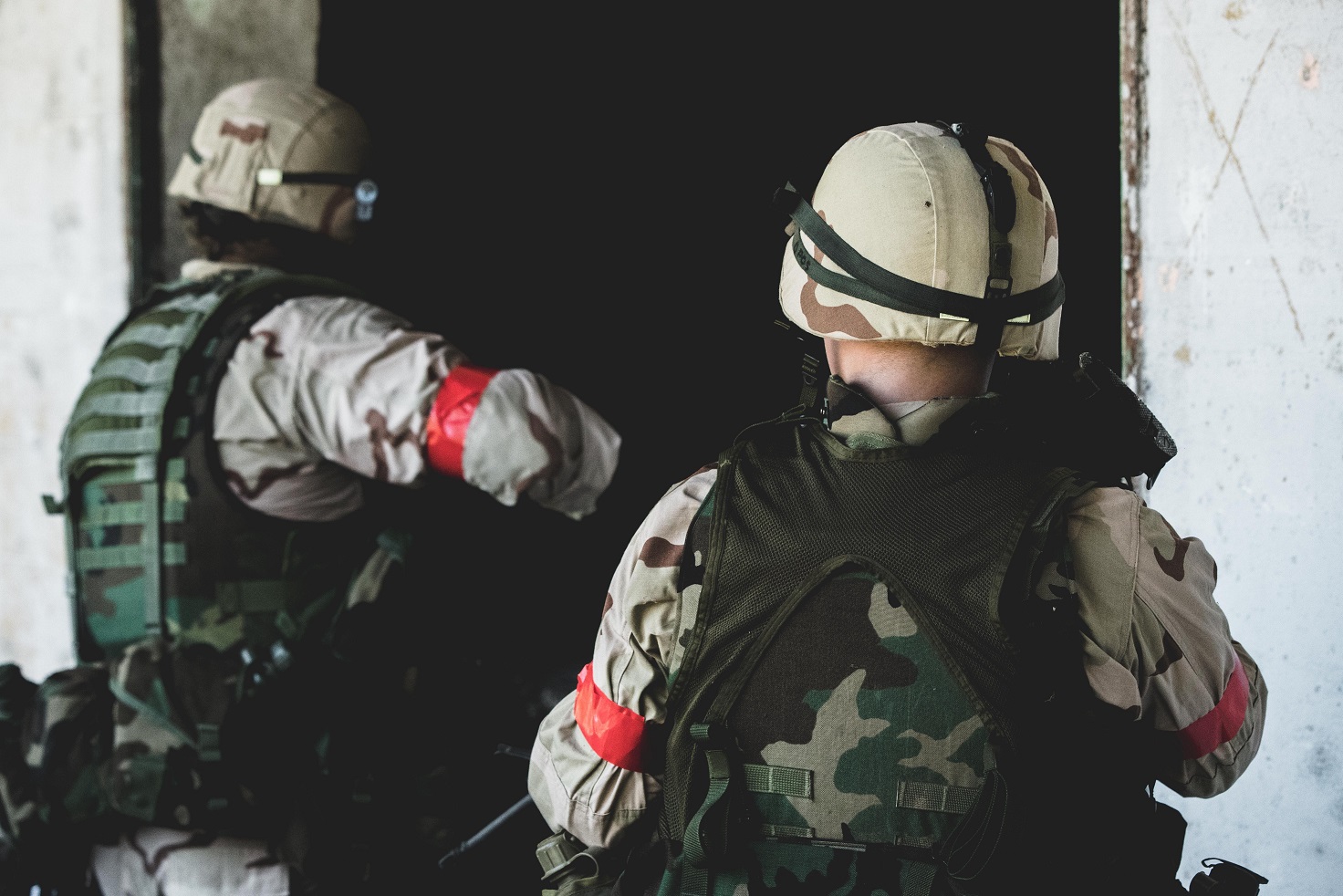Ceramic armor is one of the most common types of body protection worn by soldiers, law enforcement, and security personnel. It provides reliable protection against bullets, shrapnel, and other forms of ballistic threats. However, it is not without its drawbacks. Let’s take a closer look at the practical issues in ceramic armor design.
Weight Considerations
The weight of body armor needs to be taken into consideration when designing ceramic armor for military or law enforcement operations. The heavier the armor, the more fatigued the user will become over time. This can lead to reduced performance in the field and can even put the user at risk if they are unable to react quickly enough in an emergency. To address this issue, manufacturers have developed lightweight ceramic plates that still offer excellent protection but without the added bulk and weight associated with traditional designs.
Costs Associated With Ceramic Armor
Another important consideration when designing ceramic armor is cost. While there are a variety of options available on the market today, some models may be too expensive for certain budgets or applications. It’s important to consider whether or not you need all of the features that come with higher-end models before making your decision. Additionally, it’s important to factor in maintenance costs such as replacement parts and regular cleaning/inspection intervals when determining your budget for ceramic armor design.
Durability Of Ceramic Armor
One final factor to consider when designing ceramic armor is durability. Ceramic plates can be brittle and prone to cracking if dropped or otherwise mishandled during transport or wear. This could potentially compromise their protective capabilities and leave users vulnerable in dangerous situations. Therefore, it’s important to select a model that is designed with durability in mind so that users can rely on their protection at all times without having to worry about potential damage from everyday wear-and-tear scenarios.
For those looking for maximum protection against ballistic threats in a lightweight and durable package, be sure to check out RTS Tactical, their Level IV armored plate is of ceramic construction and contains the impact from multiple rounds with zero spalling while keeping the back face deformation to a minimum. It also complies with the NIJ guidelines.
When designing ceramic armor for military or law enforcement purposes, several practical considerations must be taken into account including weight, cost, and durability constraints. By considering these factors during the design process, manufacturers can ensure that their products provide maximum protection while still being affordable and easy to use for end users in any situation. Ultimately this will result in better performance out in the field as well as increased safety for those relying on these products for their protection every day.
For more articles, please click here.
